Big cats, including snow leopards, cougars, and certain populations of tigers and leopards, have evolved remarkable adaptations that enable them to thrive in some of the world’s most challenging environments. Mountains, with their harsh climates and rugged landscapes, offer both unique challenges and rich opportunities for these apex predators. This article explores how big cats have shaped their behaviors, physiology, and strategies to survive and flourish in such demanding terrains.
Physical Adaptations to Harsh Climates
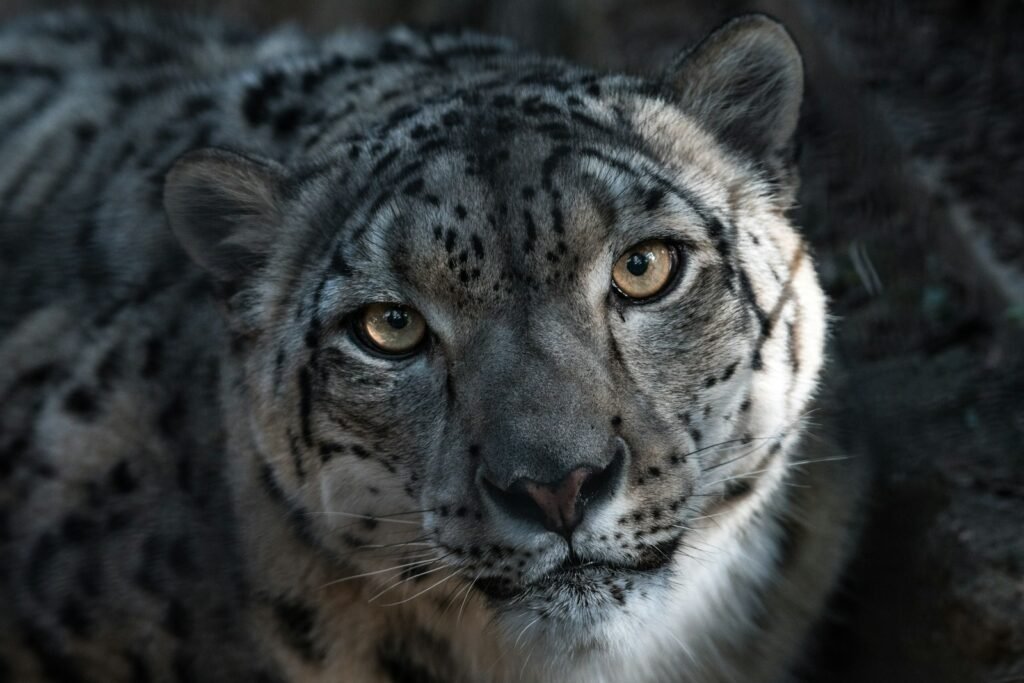
Mountain climates can vary dramatically, with cold temperatures, strong winds, and snow being common features. Big cats have developed thick, insulating fur that allows them to maintain body heat even in extreme conditions. For instance, the snow leopard boasts dense, woolly underfur topped with a longer layer of guard hairs, keeping the cold at bay.
Specialized Limb and Paw Structure
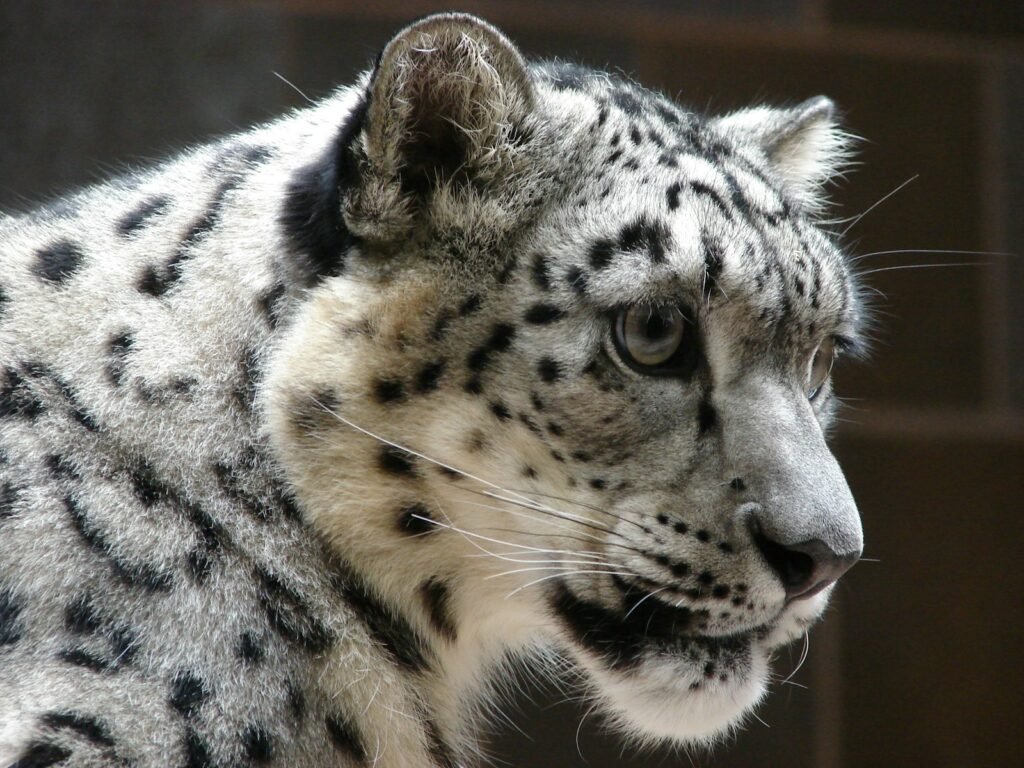
Mountainous environments require agile and confident movement over rugged and uneven ground. Big cats like the snow leopard and cougar have powerful, muscular limbs and broad paws that function akin to snowshoes, providing balance and traction on snowy and rocky surfaces. The long tail of the snow leopard also aids in balance while navigating steep, rocky terrain.
Camouflage and Coat Coloration
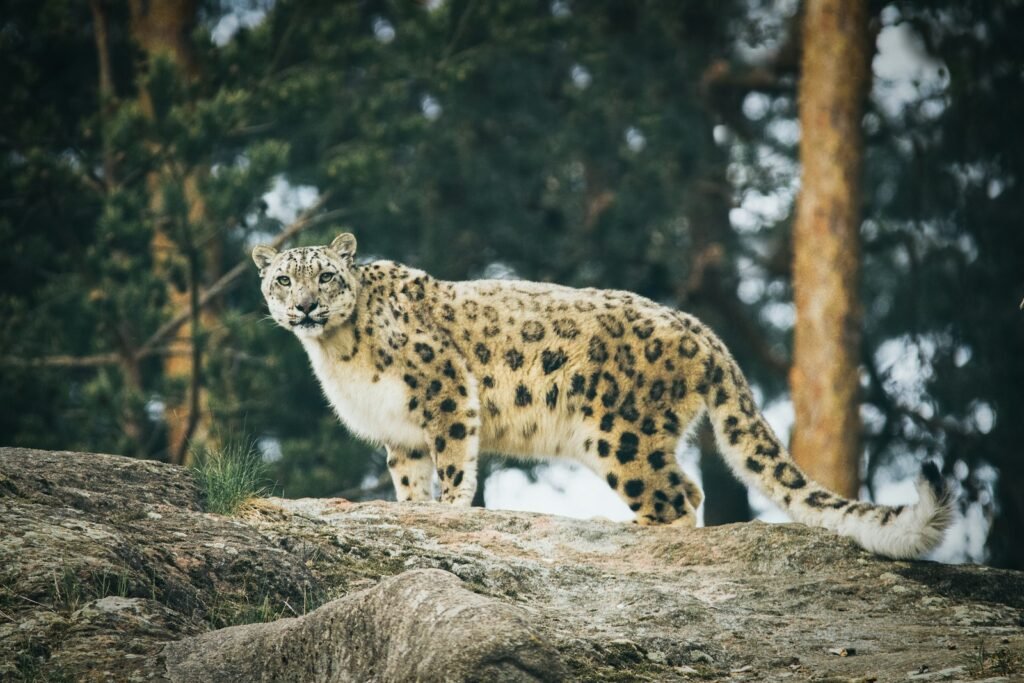
The pattern and coloration of a big cat’s fur are crucial for camouflage, allowing these predators to blend seamlessly into their environment, evade detection by prey, and avoid encounters with potential threats. Snow leopards, for example, have a unique spotted coat that mimics the rocky surroundings of their mountain habitats.
Dietary Adaptations and Hunting Strategies
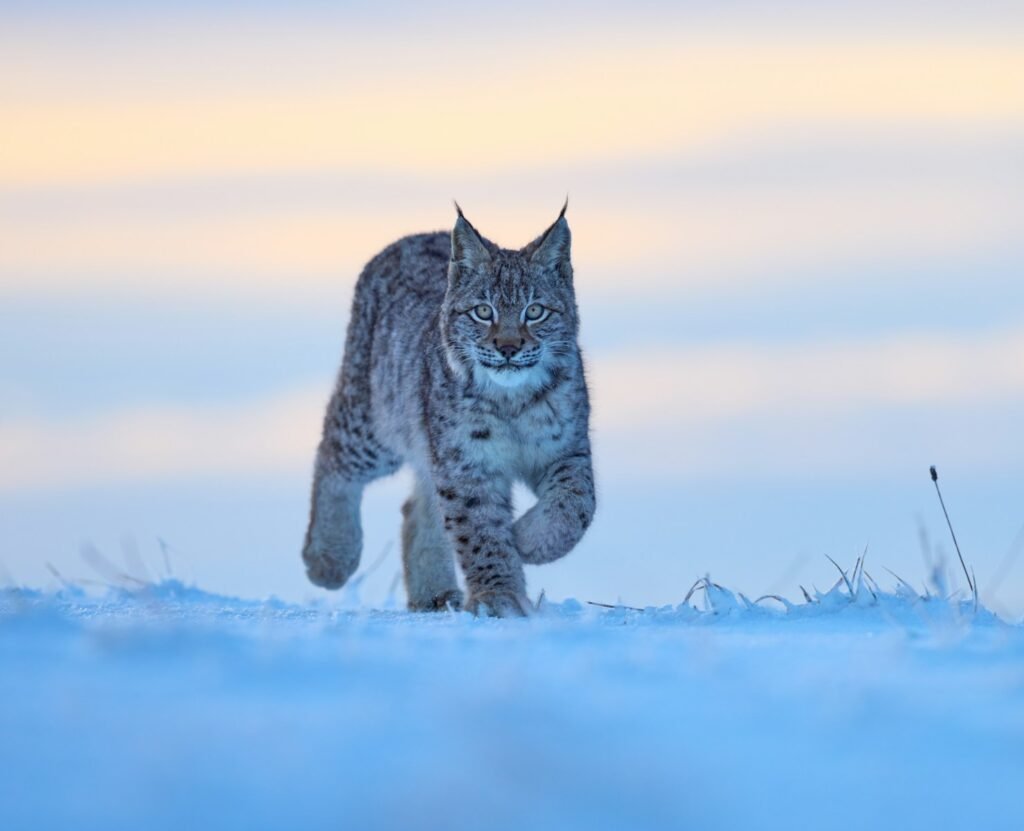
Mountains often house varied prey species, from small rodents to larger ungulates. Big cats have adapted versatile hunting techniques suited to these environments. They use ambush strategies, leveraging the terrain for stealth and surprise. The snow leopard’s powerful build allows it to take down prey up to three times its weight, despite the challenging terrain.
Adaptability to Fluctuating Prey Availability

Big cats exhibit remarkable dietary flexibility, shifting their diet based on prey availability. In lean seasons, they may transition from larger animals like mountain goats and Dall sheep to smaller mammals and birds, demonstrating an ability to survive in environments where food sources can change rapidly.
Communication and Territorial Behavior

Communication among big cats in mountainous areas involves vocal calls, scent marking, and physical markings like scratch marks on trees. These communication methods play a vital role in maintaining territory and preventing confrontations, ensuring that the resources within a given area can support the tiger, leopard, or snow leopard residing there.
Breeding and Rearing of Offspring

Raising young in harsh mountain climates poses distinct challenges. Big cats often seek out remote and sheltered areas to give birth, safeguarding their cubs from predators and environmental elements. The prolonged period of maternal care helps ensure the cubs develop the necessary survival skills.
Challenges from Human Encroachment
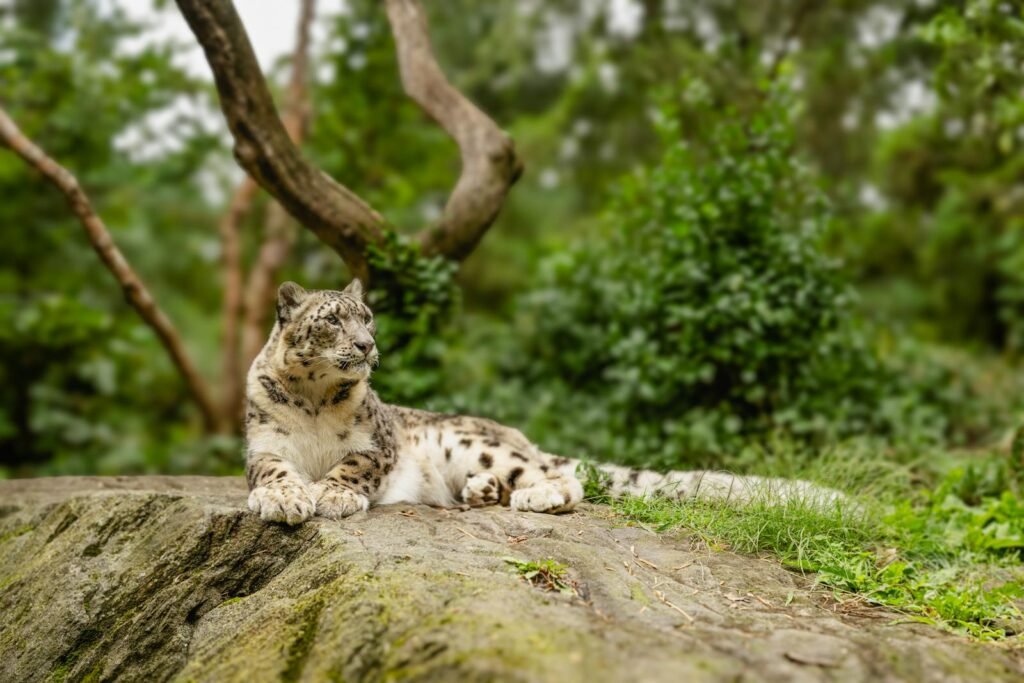
Human encroachment poses a significant threat to mountain-dwelling big cats. Habitat destruction, prey depletion, and retaliatory killings when big cats prey on livestock escalate the challenge of survival. Conservation efforts are crucial to protect these iconic species and their habitats.
Conservation Efforts and Future Prospects
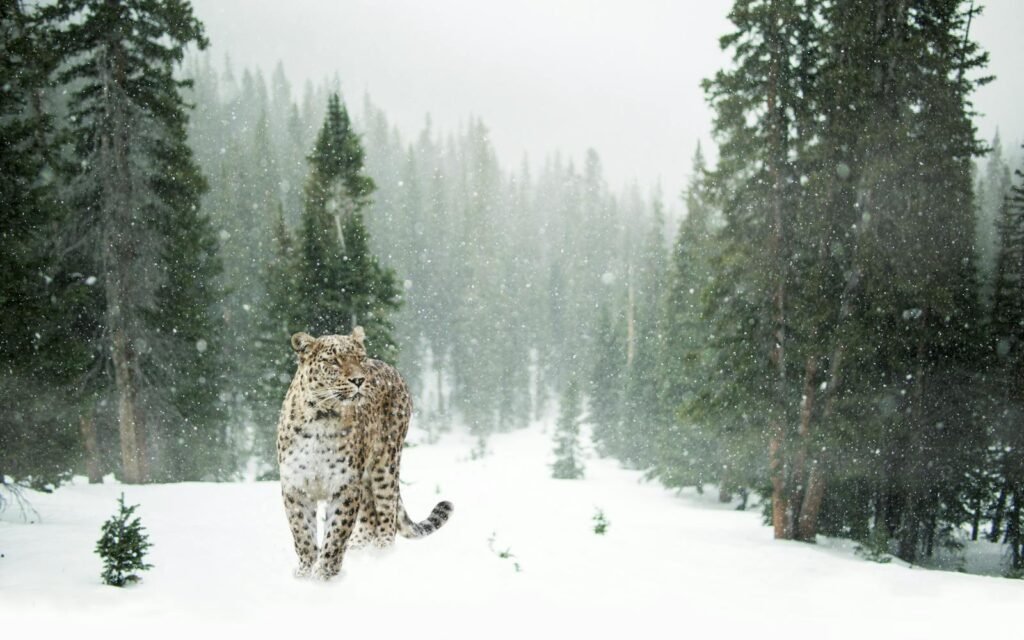
Numerous organizations are actively working to conserve big cats and their mountain habitats. These efforts range from anti-poaching patrols and camera trapping to genetic studies and community-based conservation initiatives. Understanding and preserving the delicate balance of these ecosystems are vital to the future of mountain big cats.
Conclusion: The Resilience of Mountain Lions
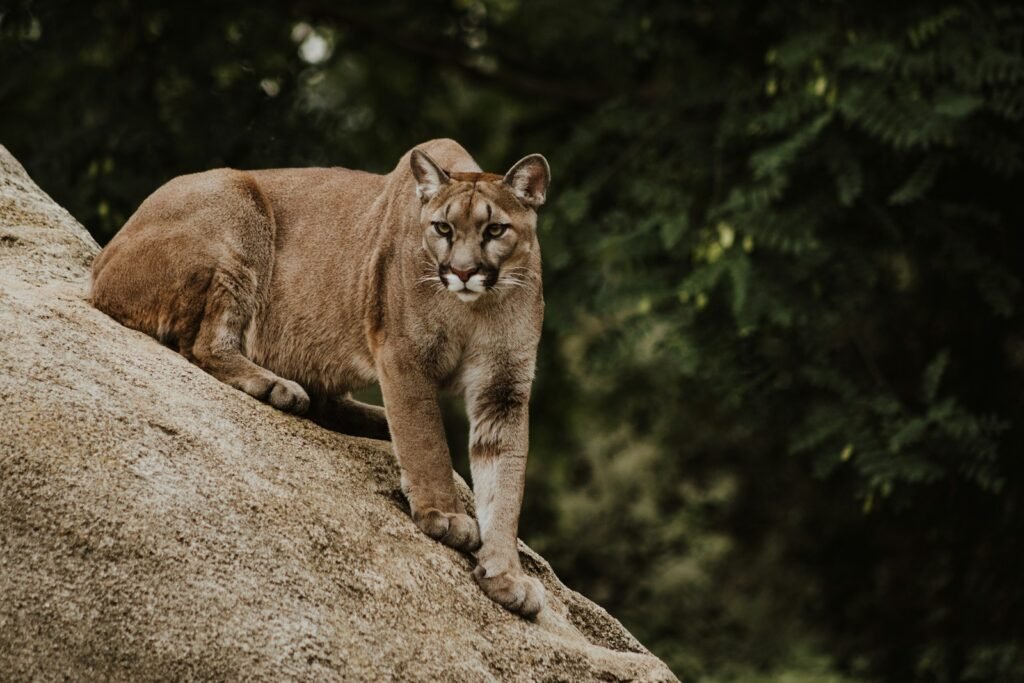
Big cats’ adaptations to mountainous terrain exemplify nature’s ingenuity. Their ability to survive and thrive in such harsh conditions highlights their resilience and the critical need for continued conservation efforts. Protecting these majestic creatures ensures the health of the entire ecosystem they inhabit and inspires awe and wonder for generations to come.
Hi, I’m Bola, a passionate writer and creative strategist with a knack for crafting compelling content that educates, inspires, and connects. Over the years, I’ve honed my skills across various writing fields, including content creation, copywriting, online course development, and video scriptwriting.
When I’m not at my desk, you’ll find me exploring new ideas, reading books, or brainstorming creative ways to solve challenges. I believe that words have the power to transform, and I’m here to help you leverage that power for success.
Thanks for stopping by, Keep coming to this website to checkout new articles form me. You’d always love it!






